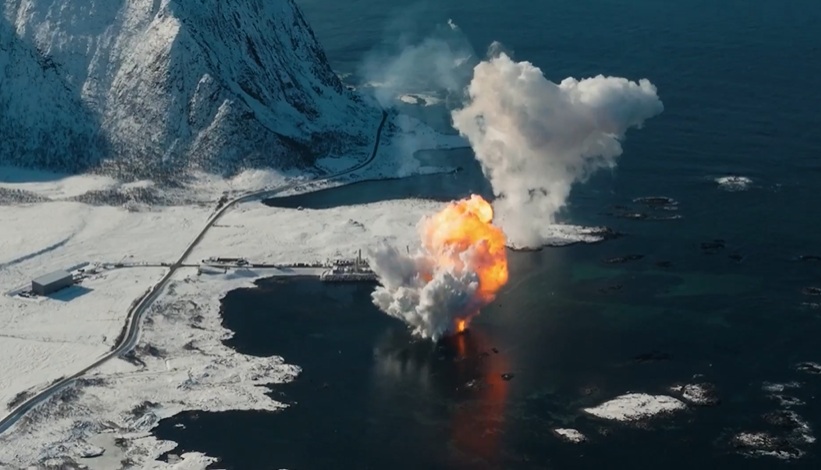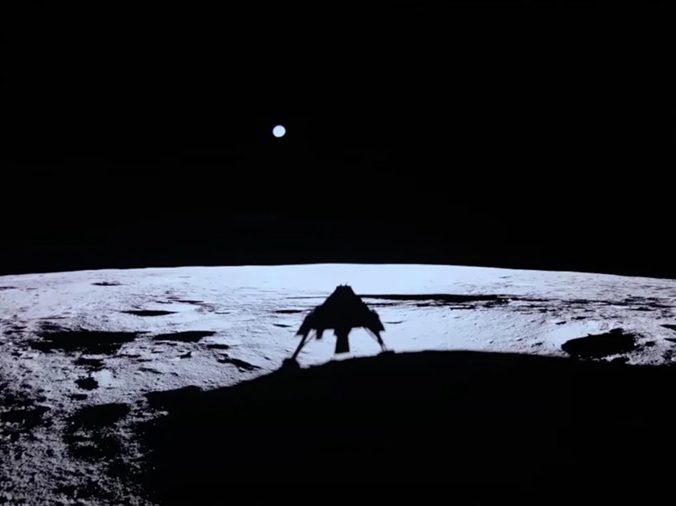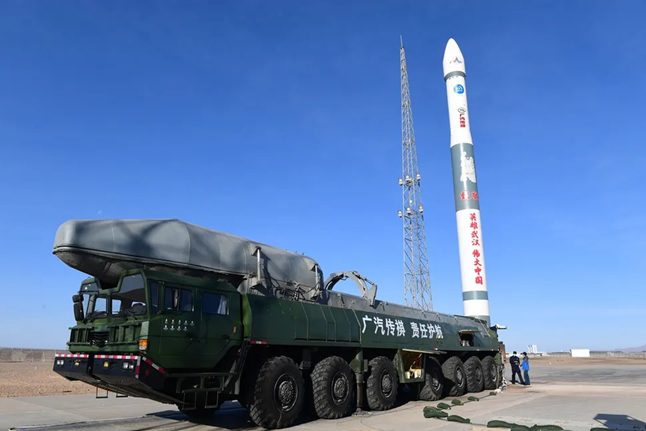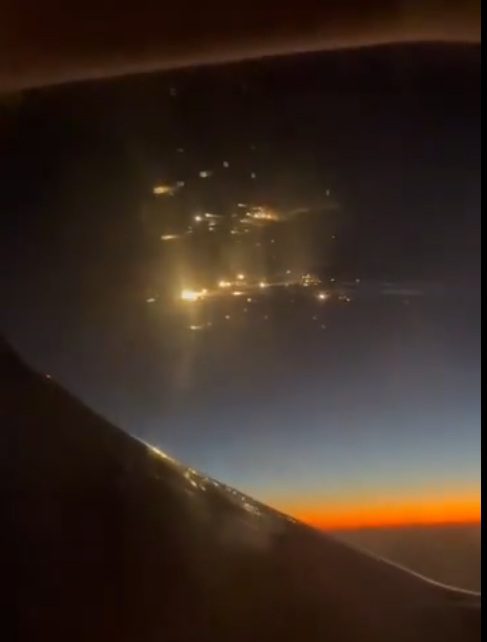The ‘stranded’ pair of NASA astronauts, Butch Wilmore and Suni Williams, finally returned to Earth on 18 March bringing an end to their extended stay on the International Space Station (ISS).
The venture was supposed to last just eight days but ended up exceeding nine months. The astronauts also wound up departing the station on a different spacecraft from the one they arrived on.
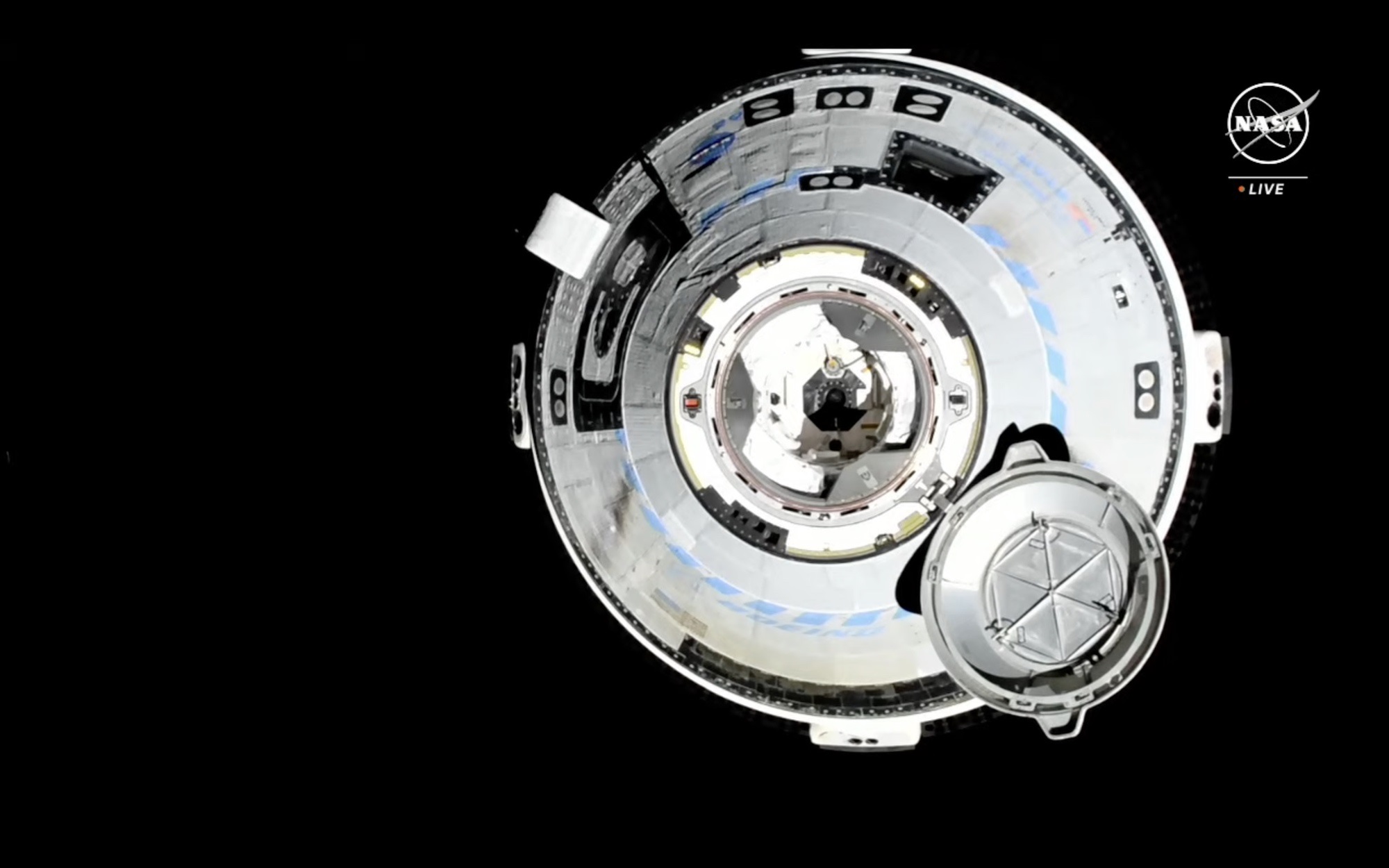
Starliner comes into dock with ISS on its first crewed flight test – but not all was well with it. Courtesy: NASA TV
Wilmore and Williams started their journey on 5 June last year on the Boeing Starliner CST-100 and arrived at the ISS the following day. However, technical concerns about the attitude control system on their spacecraft were raised almost immediately. After some deliberation, NASA decided the craft would return to Earth uncrewed, leaving its passengers to wait until they could hitch a ride home on another vehicle.
Their rescue vehicle was the SpaceX Crew Dragon – NASA Crew 9 (Freedom) spacecraft which, helpfully, was already on the ISS. However, it could not leave until it was replaced by Crew Dragon – NASA Crew 10 and Dragon Endurance 4. Crew 10 was successfully launched at 2303 GMT on 14 March from the Kennedy Space Center in Florida, US. The astronauts on board C210 (Endurance) were Anne McClain & Nichole Ayes (NASA), Takuya Onishi (JAXA) and Kirill Peskov (Roscosmos).
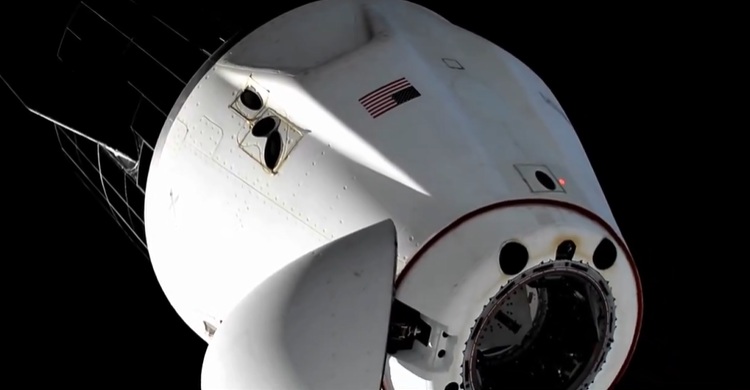
Crew Dragon – NASA Crew 9 begins to pull away from the ISS after its undocking. Courtesy: NASA TV
The launch was uneventful with the reusable B1090 Falcon 9 first stage, on its second flight, landing back on the ground at the LZ-1 landing area. The Crew 10 spacecraft then proceeded to approach the station and docked with the ISS Harmony module at 0404 GMT on 16 March. The hatches to the space station were opened soon afterwards.
Although the launch, approach and docking were successful, not everything went exactly to plan on the way up. Crew Dragon’s toilet system broke down, forcing the crew to use an understandably less popular method: that of plastic bags as in the Apollo era. Nevertheless, the craft made it to the ISS in a sufficiently good condition for a safe return and, crucially, freed up the Crew 9 spacecraft to take Wilmore and Williams home.
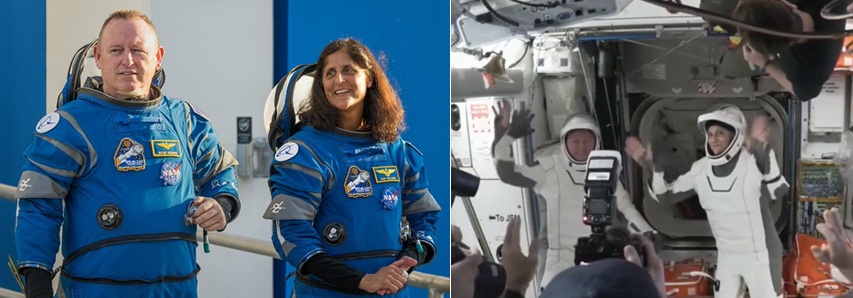
Astronauts Butch Wilmore and Suni Williams change space suit colours Boeing Blue to SpaceX While for ride down to Earth. Courtesy: NASA TV
The Crew Dragon – NASA Crew 9 capsule – undocked from the ISS Harmony module’s forward port and withdrew from close proximity to the ISS at 0605 GMT on 18 March. Astronaut Nick Hague and Roscosmos cosmonaut Aleksandr Gorbunov were on board alongside Williams and Wilmore. With unintended symbolism, for systems’ conformity reasons, Wilmore and Williams had to change from their original ‘Boeing Blue’ space suits, which they had worn on their way up, into the ‘SpaceX Whites’ of SpaceX ahead of their ride down.
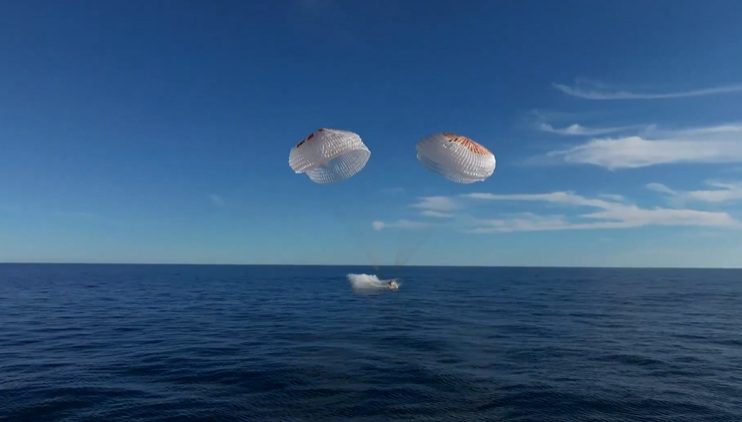
Crew Dragon – NASA Crew 9 with Butch and Suni aboard splashes down. Courtesy: SpaceX
Neither of the so-called “stranded” astronauts were resentful about their lengthened stay. They both performed important work, including a spacewalk for Williams – her eighth. Williams now holds the record for ISS spacewalk time.
After a deorbit burn, a safe splashdown was achieved at 2157 GMT on 18 March, near Tallahassee in the northeastern part of the Gulf of Mexico. Apart from the usual radioed ‘welcome homes’, the returning astronauts appeared also to be greeted by a pod of dolphins which circled the floating spacecraft.
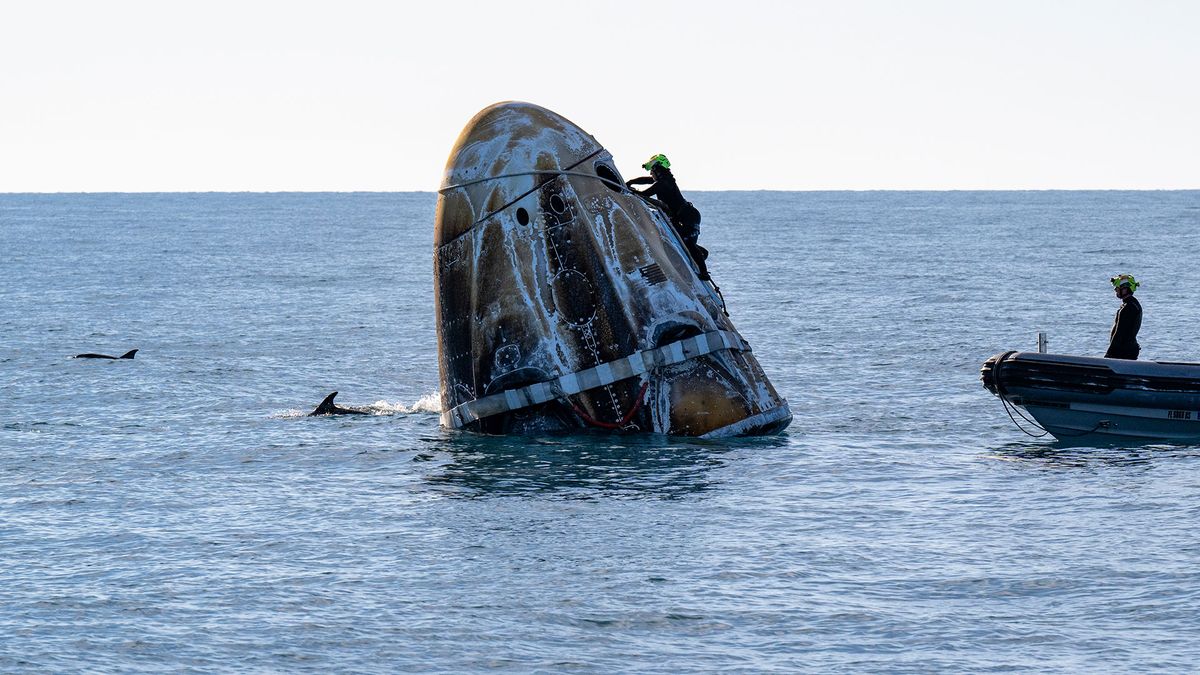
Dolphins welcome Crew 9. Courtesy: NASA/Keegan Barber

